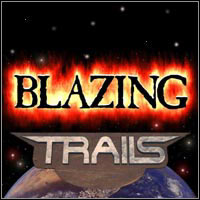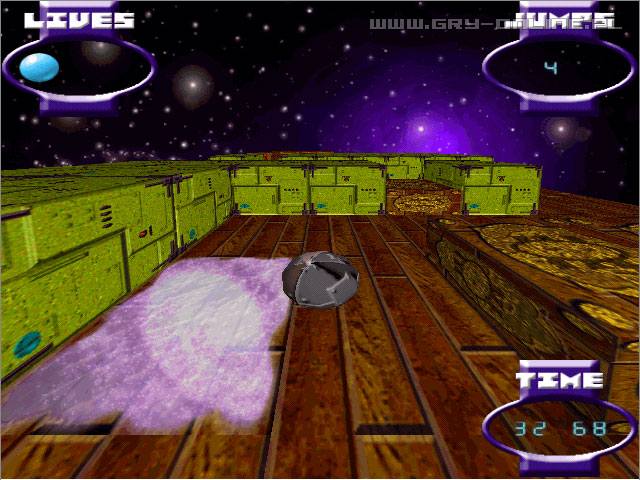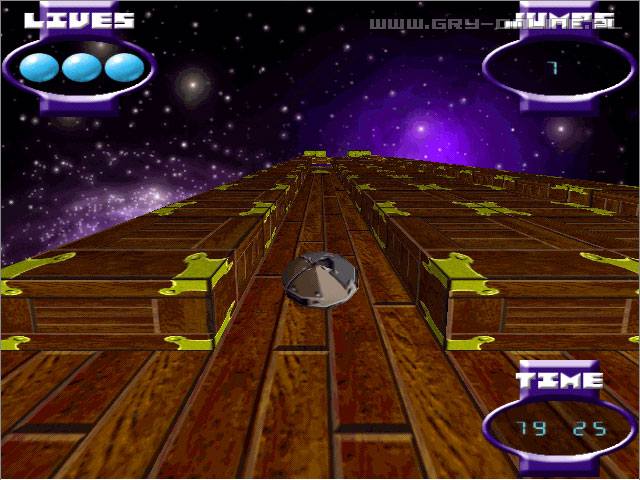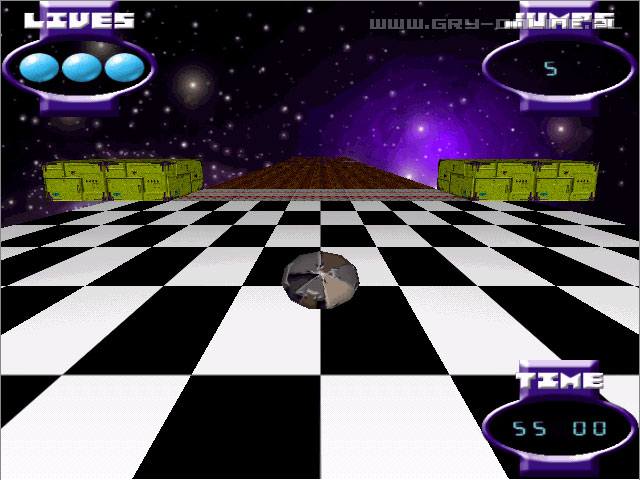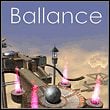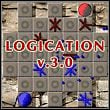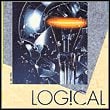Blazing Trails is a fan of the Trailblazer program, created in 1986 by Gremlin Graphics for Commodore 64 computers. The player's task (in both the original and remake) is very simple: he has to roll the ball on a long, full of traps track.
For each route there is a certain amount of time in which we have to reach the finish line. It's not that easy, because there will be many different traps along the way: holes, slippery ice and bricks to speed up or slow down the ball. In some places there will also be boxes of various sizes, which, when in contact with the ball, will reflect it with great speed. It is obvious that traps should be avoided like fire. The track is not very wide and every time you drop a ball out of the track means you lose one of the few lives. Luckily, we have a limited number of jumps that can save us from oppression in a critical situation.
Blazing Trails offers several different tracks. If the player has mastered them all, he can use the included editor to design his own hands. Full freedom in creating routes is undoubtedly the biggest advantage of this game. Other advantages include the possibility of playing in two people at one computer (the screen is then divided in half). The audio-visual setting on the knees does not knock down, but it is made quite decently - in the spirit of the original game. The simple three-dimensional environment is fast enough for even Pentium 166.
Please let us know if you have any comments or suggestions regarding this description.
